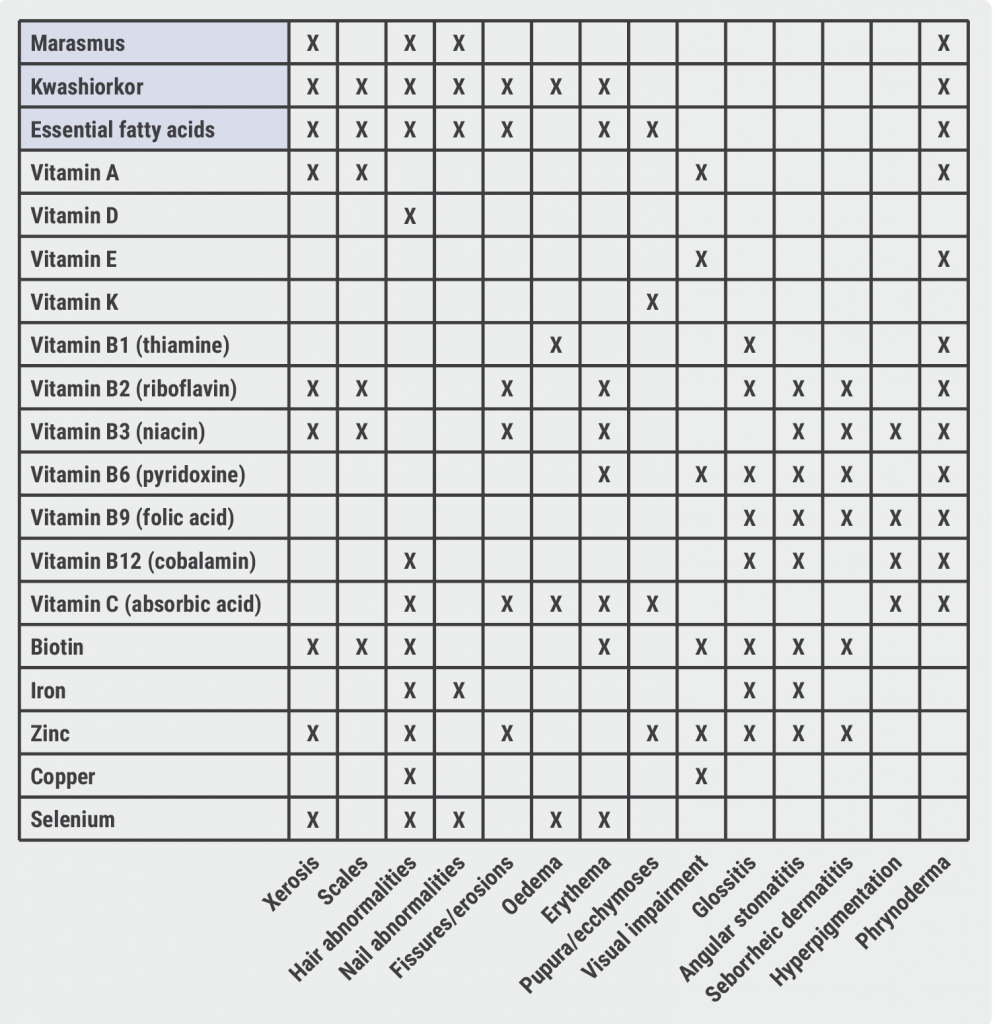Low-grade squamous intra-epithelial lesions (i.e. AIN grade 1) will mostly be processed by the body. For high-grade lesions (i.e.AIN grade 2 or 3), there is an increased risk for transformation to anal cancer.
Risk groups
“The past 30 years, the incidence of anal cancer in the Netherlands has increased,” continued Prof. de Vries. “However, the absolute incidence is still low, with 1.3 cases per 100,000 person-years.” Certain subgroups have an increased risk for anal cancer. Homosexual men, especially those who are HIV positive and above 30 years of age, have the highest risk for this type of cancer. For HIV-positive homosexual men 60 years or older, the incidence is 100 per 100,000 person-years. Other individuals with an increased risk for anal cancer are HIV-positive women, HIV-positive heterosexual men, women with a history of gynaecological cancer, and non-HIV immunosuppressed women.
Is screening for anal cancer useful?
“The screening procedure is not easy,” emphasised Prof. de Vries. “The learning curve only flattens after approximately 200 screening procedures.” To assess whether screening for anal cancer can be useful, the ANCHOR study included 4,446 individuals above 35 years of age with high-grade squamous intra-epithelial lesions, without anal cancer [2]. The participants were either treated or followed a wait-and-see approach and the primary outcome was the progression to anal cancer. This study was aborted because a large effect was found, and it was unethical to continue. After 48 months, participants in the wait-and-see group had a 57% increased risk to progress to anal cancer compared with participants who received treatment (P=0.03).
Prof. de Vries noted that screening for anal cancer may be effective but nonetheless suboptimal: “Anal cytology is unreliable, high-resolution anoscopy is difficult, expensive, and burdensome for the patient, and ablative treatment has a limited success rate.” Furthermore, only 10% of the patients with high-grade lesions progress to cancer and about one-third of the patients with these lesions actually regress [3]. Clearly, there is a need to further select eligible patients for screening and treatment.
Host cell DNA (hyper)methylation at tumour suppressor gene promoters is a promising biomarker to discriminate patients who would benefit from frequent screening and treatment and those that can be managed with a wait-and-see approach [4,5]. “Ideally, we would use anal swabs to collect this biomarker, but the studies that have been conducted used biopsies,” added Prof. de Vries.
Prof. de Vries concluded his presentation by stressing that there is a need for well-trained professionals to perform high-resolution anoscopies in patients who would benefit from this procedure.
- De Vries H. Wanneer is diagnostiek voor anale intraepitheliale neoplasie (AIN) zinvol? Blok 2, Dermatologendagen 2023, 9–10 March, Ermelo, the Netherlands.
- Palefsky JM, et al. N Engl J Med 2022;386:2273–2282.
- Machalek DA, et al. Lancet Oncol. 2012;13(5):487–500.
- Steenbergen RDM, et al. Nat Rev Cancer. 2014;14(6):395–405.
- Van der Zee RP, et al. Clinical Infectious Diseases 2021;72(12):2154–2163.
Copyright ©2023 Medicom Medical Publishers
Posted on


